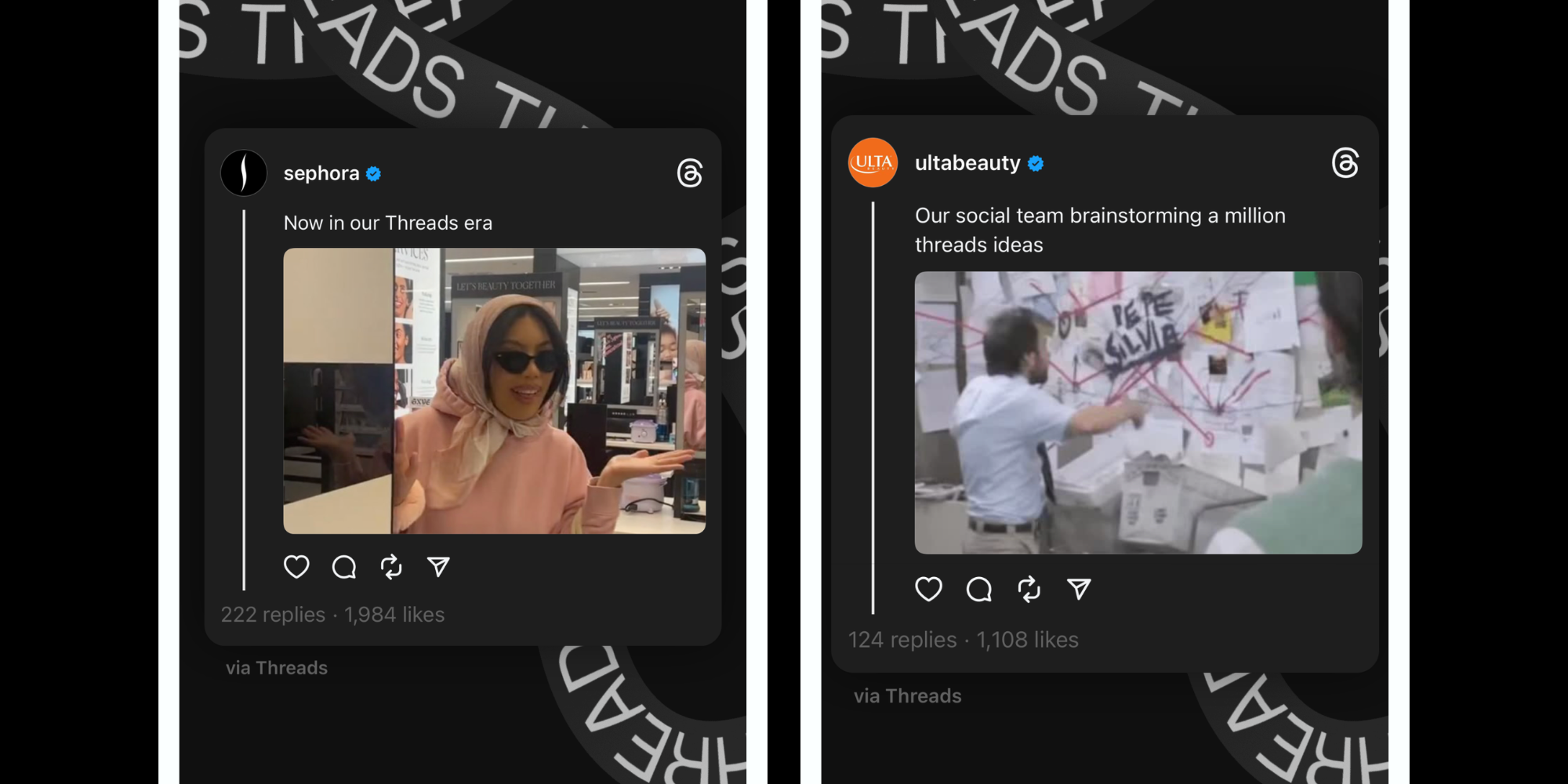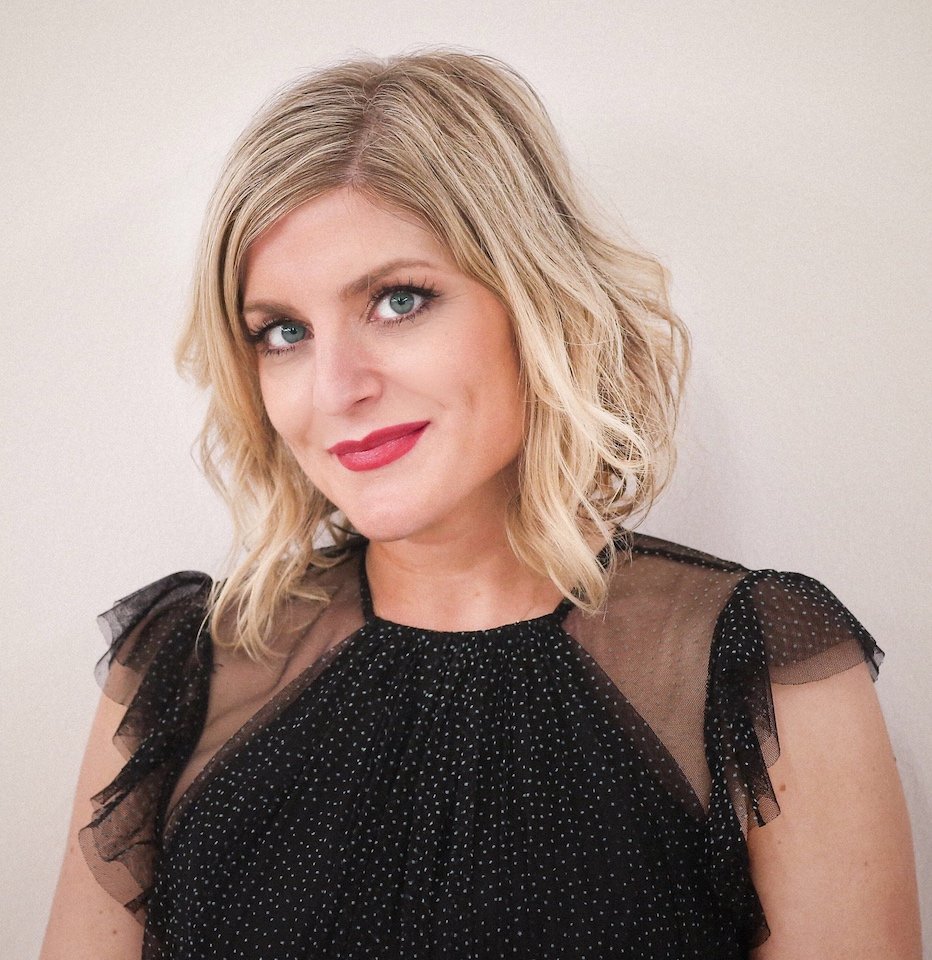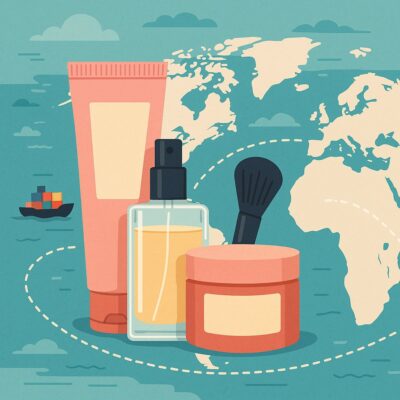
Serving Hot Takes, Pushing Boundaries And More: Beauty And Wellness Brands Get On Threads
The beauty industry loves a good dupe, and over the last 24-plus hours, beauty brands, retailers, founders, influencers, editors and more have flocked to Threads, the Meta-made Twitter dupe.
They’re not alone. According to a post by Meta CEO Mark Zuckerberg on the text-based social media platform, Threads drew 30 million users from over 100 countries at the end of Wednesday, its first day. By end of day Thursday, that figure ballooned to 50 million.
Twitter currently has around 400 million monthly active users globally, but it’s been bleeding users, visits and advertisers since Tesla Motors CEO Elon Musk purchased it in October last year and enacted a string of changes hated by most on the platform. Threads is pouncing upon Twitter’s misfortunes and looking to accelerate them.
Threads’ users aren’t exactly new. An Instagram account is required to sign up for the platform. When users activate their Threads account, they can fill in their profile information from what’s already on Instagram and are prompted to follow all the Instagram accounts they follow on the new app. Upon setting up their Threads profile, users are asked to approve accounts they want to follow them. If a user is verified on Instagram, their blue checkmark automatically ports over to Threads.

Compared to Twitter and Instagram, it seems Threads focuses less on the ratio of followers to following—at least for now. On Threads profiles, the number of accounts users follow isn’t listed, though number of followers is.
Each Threads post has a 500-character limit, compared to Twitter’s 280-character limit, and allows for five minutes of video as well as sharing up to 10 photos.
How are beauty professionals harnessing Threads so far? The “vibe” of Threads is starkly different from Instagram, and the quick-fire, text-based format of Threads can be an adjustment for Threads users not previously active on Twitter, though many initial posts laud Threads for its refreshing lack of “toxicity.”
Threads users who are avid Twitter users are declaring—in many cases warning—that their Threads personas aren’t the same as their Instagram personas. The latter are more curated and the former more “unhinged.” Many Threads posts call for people to let go of the studied perfection that’s pervasive on Instagram.
“Beauty brands will definitely thrive on Threads because of their Instagram audience.”
Elizabeth Udell, a digital marketing instructor at San Diego State University and director of social media at marketing company Friends Of Friends, instructs brands to take advantage of the built-in audience on Threads that comes from Instagram and be witty in their debut on the platform.
“The internet and social media thrive on humor now more than ever,” she says. “If you make your debut in a way that shows you don’t really care but are happy to be here, those brands will do the best. Having a personable voice is very important for brands on Twitter, TikTok and Instagram—and Threads is no different. Beauty brands will definitely thrive on Threads because of their Instagram audience, and [they] can finally be seen easier than they would on Twitter.”
Several early beauty and wellness adopters are turning to Threads to share controversial hot takes that they might be lambasted for on Twitter or Instagram. Brands in merchandise segments considered taboo such as cannabis and sexual wellness have been testing Threads with introductory posts that proudly talk about periods, sex toys, altered states and more in part to determine if they’ll face the censorship they’ve dealt with on Instagram.

Emerging or bootstrapped brands with limited resources may be weary of spending valuable resources on yet another social media platform. In recent months, TikTok introduced a new app Lemon8, and there’s been a battery of Twitter rivals prior to Threads, including Bluesky, which is still invite-only, as well as Spill.
Gen Z-focused photo sharing app Be Real launched in 2020, but didn’t reach widespread popularity until last year. By this April, The New York Times was already positing whether it was over.
Udell advises brands to ignore the pressure to be on all the apps all the time and do what works for them. “With Threads, it’s your Instagram audience built in already, so it would make more sense for brands to take advantage instead of say TikTok where you need to build an entire new audience from scratch,” she says. “I think that since it’s the hot new thing—and again, built-in audience—it’s easy for brands to take on Threads. I see managers treating this like Twitter and cross-promoting their strategies and engaging with other brands in a fun way.”





Leave a Reply
You must be logged in to post a comment.